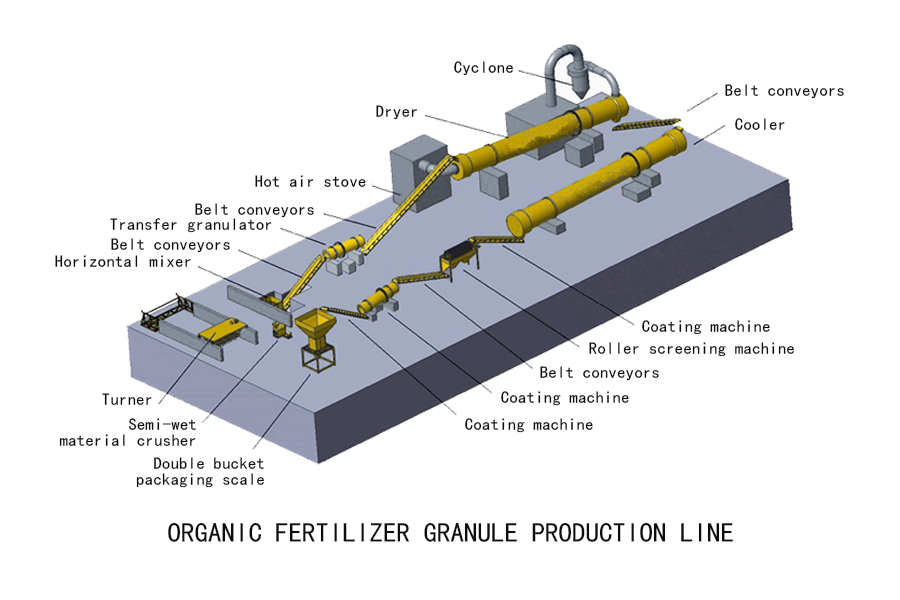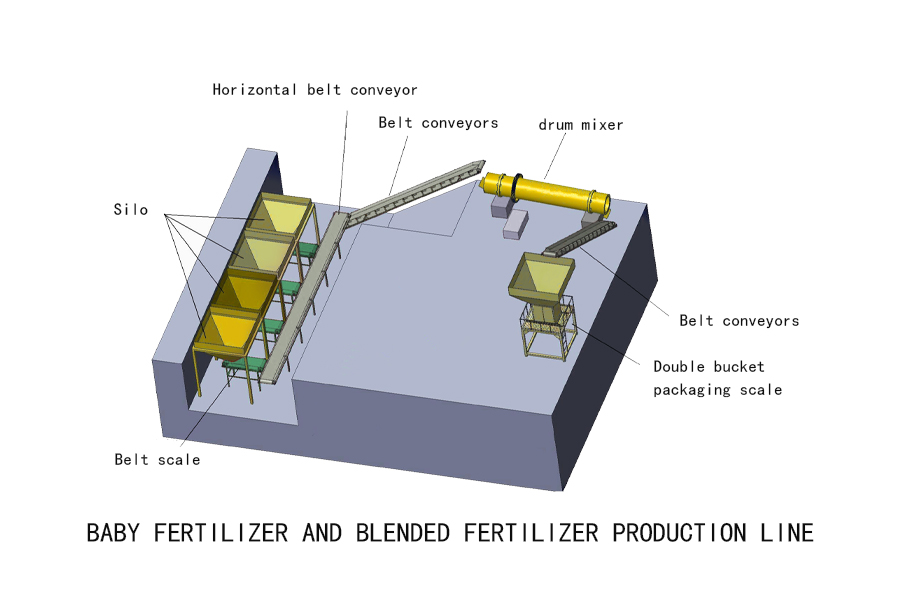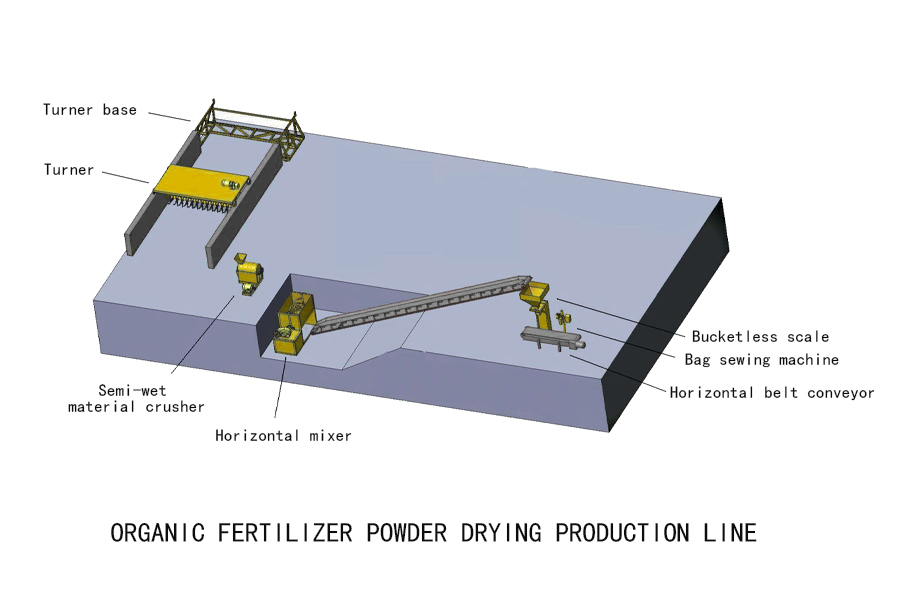
As we delve into the world of agriculture, one cannot overlook the pivotal role that blending fertilizer production lines play in enhancing crop yields. These systems are not just machines; they represent a fusion of technology and nature aimed at meeting the growing demands for food security. In this article, I will research how these production lines operate, their significance, and what expectations we have from them moving forward.
The Mechanics Behind Blending Fertilizer Production Lines
A blending fertilizer production line is designed to mix various raw materials to create customized fertilizers tailored to specific agricultural needs. This process involves precise measurements and mixing techniques that ensure uniformity in nutrient distribution. The efficiency of these lines can significantly impact both productivity and sustainability within farming practices. By optimizing formulations based on soil tests or crop requirements, farmers can achieve better results while minimizing waste—a crucial factor as we face environmental challenges.
Xincheng: A Leader in Fertilizer Solutions
Xincheng has emerged as a prominent player in the field of blending fertilizer production lines. With innovative designs and advanced technology, Xincheng‘s equipment caters to diverse agricultural needs across different regions. Their commitment to quality ensures that every batch produced meets stringent standards for effectiveness and safety. Moreover, Xincheng emphasizes customer support by providing training sessions for operators—an essential aspect when integrating new technologies into traditional farming methods.
Click Fertilizer granulation equipment for organic production.Fertilizer Granulation Equipment for Organic Production
In recent years, there has been a significant shift towards organic farming practices worldwide. To meet this demand, specialized fertilizer granulation equipment has become increasingly important. This machinery allows producers to create organic fertilizers that enhance soil health without synthetic additives. By utilizing natural ingredients such as compost or manure combined with modern granulation techniques, farmers can produce high-quality fertilizers that promote sustainable agriculture while adhering to organic certification standards.
Conclusion: Embracing Innovation in Fertilizer Production

The blending fertilizer production line stands at the forefront of agricultural innovation today. As we continue to navigate through challenges like climate change and population growth, interpret its mechanics becomes vital for future success in farming practices globally. Companies like Xincheng are leading the way by developing solutions tailored not only for current needs but also anticipating future expectations from growers everywhere.
